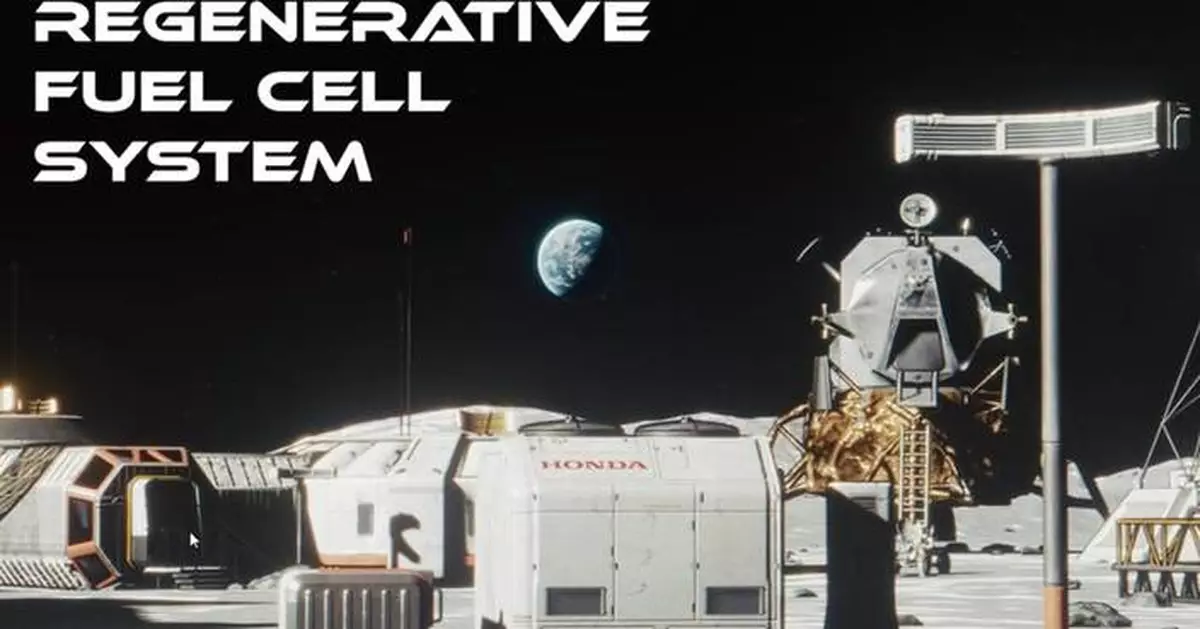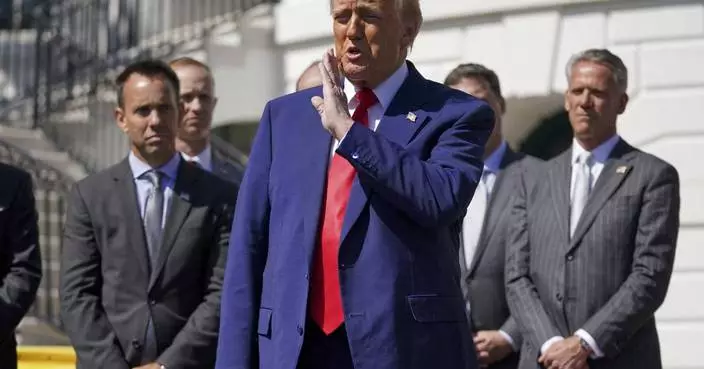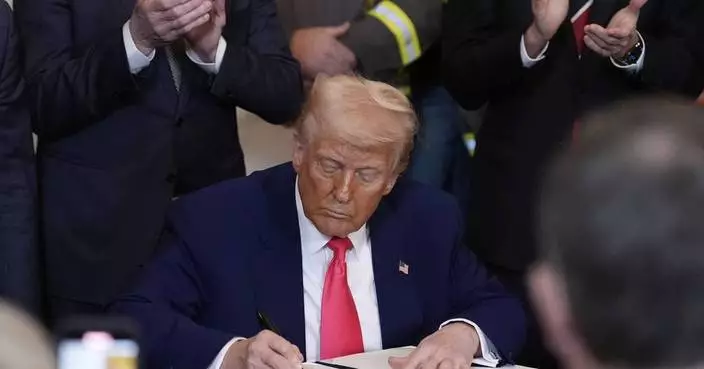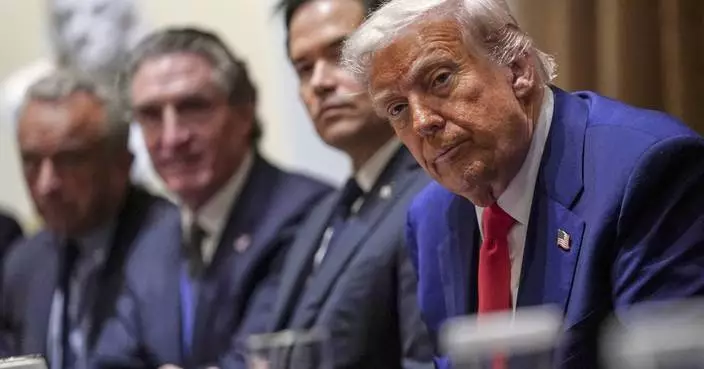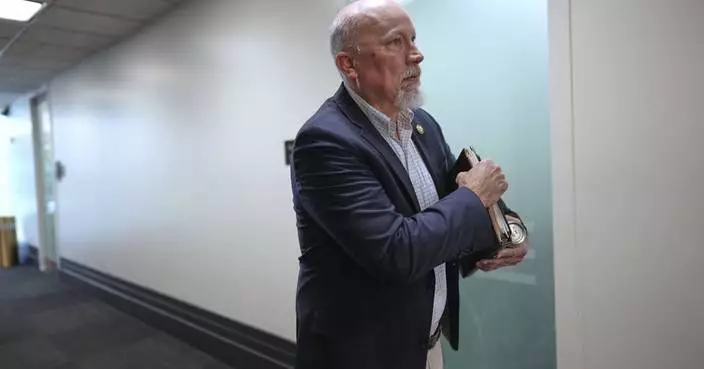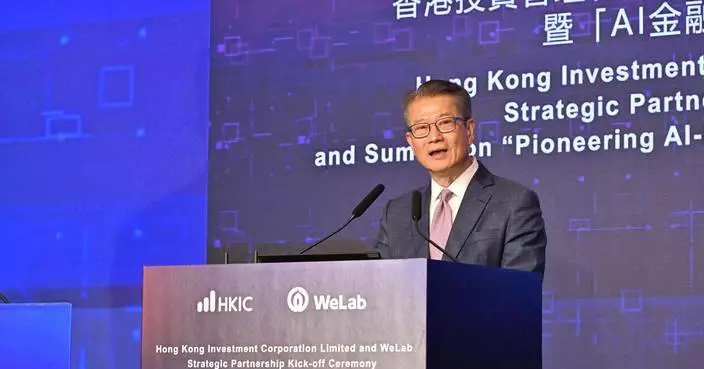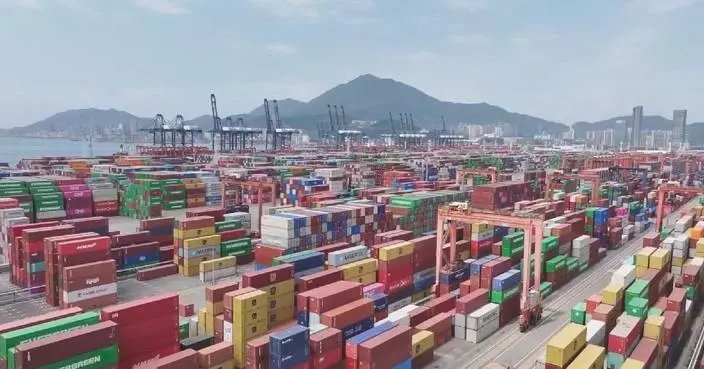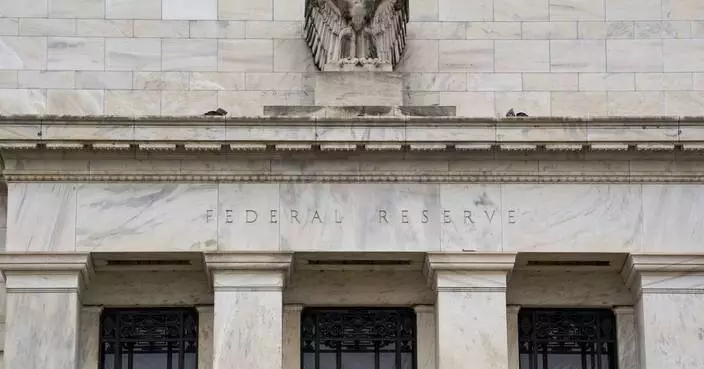LOUISVILLE, Colo.--(BUSINESS WIRE)--Apr 7, 2025--
Sierra Space, a leading commercial space company and defense tech prime that is Building a Platform in Space to Benefit Life on Earth ®, announced today a groundbreaking collaboration with Honda and Tec-Masters to test Honda’s high-differential pressure water electrolysis system aboard the International Space Station (ISS). The project, facilitated by Sierra Space’s Dream Chaser ® spaceplane, marks a significant step toward enabling sustainable human life on the lunar surface and advancing clean energy solutions for both space and Earth.
This press release features multimedia. View the full release here: https://www.businesswire.com/news/home/20250407089139/en/
Honda is leveraging decades of hydrogen fuel cell technology expertise to develop a regenerative fuel cell system, known as a circulative renewable energy system, that will continuously produce oxygen, hydrogen, and electricity. A key component of this is Honda’s high-differential pressure water electrolysis system; testing it on board the space station will verify the system’s efficiency and reliability in microgravity. Honda’s renewable fuel cell system is part of the company’s vision to provide advanced energy storage capable of supporting human life on the lunar surface. Watch a video about the Honda regenerative fuel cell system here.
Sierra Space will be the mission manager for Honda, working with the Center for the Advancement of Science in Space (CASIS) and NASA to transport materials aboard Dream Chaser to the space station. Tec-Masters, Inc., will be the technical payload integrator, providing its decades of experience in ISS payload integration and certification. Sierra Space recognizes the potential of this technology to revolutionize energy storage and utilization, not just in space but also as a scalable, renewable solution on Earth.
“The future of innovation in space is not only commercialization, but teaming arrangements between like-minded companies to advance technology we never thought imaginable in previous decades,” said Ken Shields, Sr. Director of Business Development at Sierra Space. “As we prepare for our first Dream Chaser mission to the International Space Station, this new collaboration with Honda and Tec-Masters is an additional proof point to the varied applications of our spaceplane to provide commercial transport to the space station and beyond.”
Dream Chaser, the world’s only commercial spaceplane, is uniquely suited for this Honda program due to both its ample cargo capacity (more than 6+ tons) and its capability to safely return critical payloads to Earth at fewer than 1.5g’s on commercial runways. This ensures the preservation of invaluable cargo upon return.
Sierra Space’s first Dream Chaser spaceplane, Tenacity, is currently undergoing final testing at NASA’s Kennedy Space Center in preparation for its first mission to the ISS under NASA’s Commercial Resupply Service 2 (CRS-2) contract.
About Sierra Space
Sierra Space is a leading commercial space company at the forefront of innovation and the commercialization of space in the Orbital Age ®, building an end-to-end business and technology platform in space to benefit life on Earth. With more than 30 years and 500 missions of space flight heritage, the company is reinventing both space transportation with Dream Chaser®, the world’s only commercial spaceplane, and the future of space destinations with the company’s inflatable and expandable space station technology. Using commercial business models, the company is also delivering orbital services to commercial, DoD and national security organizations, expanding production capacity to meet the needs of constellation programs. In addition, Sierra Space builds a host of systems and subsystems across solar power, mechanics and motion control, environmental control, life support, propulsion and thermal control, offering myriad space-as-a-service solutions for the new space economy.

![Sierra Space is teaming up with Honda and Tec-Masters to enable Honda’s development of a regenerative fuel cell system for production of oxygen, hydrogen and electricity on the moon. [PHOTO CREDIT: Honda]](https://image.bastillepost.com/1200x/wp-content/uploads/global/2025/04/d7dcfbe78f764ce9bf0da6e02381fa90_RFC_Image_for_Release_Final.jpg.webp)
Sierra Space is teaming up with Honda and Tec-Masters to enable Honda’s development of a regenerative fuel cell system for production of oxygen, hydrogen and electricity on the moon. [PHOTO CREDIT: Honda]
WASHINGTON (AP) — President Donald Trump’s new tariffs threaten to push up prices on clothes, mobile phones, furniture and many other products in the coming months, possibly ending the era of cheap goods that Americans enjoyed for about a quarter-century before the pandemic.
In return, White House officials hope the import taxes create more high-paying manufacturing jobs by bringing production back to the United States. It is a politically risky trade-off that could take years to materialize, and it would have to overcome tall barriers, such as the automation of most modern factories.
Even after Trump's U-turn on Wednesday that paused steep new tariffs on about 60 nations for 90 days, average U.S. duties remain much higher than a couple of months ago.
Trump has imposed a 10% tariff on all imports, while goods from China — the United States' third-largest source of imports — face huge 145% duties. And there are 25% taxes on imports of steel, aluminum, cars and roughly half of goods from Canada and Mexico.
As a result, the average U.S. tariff has soared from below 3% before Trump's inauguration to roughly 20% now, economists calculate, the highest level since at least the 1940s.
Should they remain in place, such high duties would reverse decades of globalization that helped lower costs for American shoppers.
Other trends, including factory automation and technological innovation, particularly in electronics such as TVs, have also brought down prices. But imports help keep prices in check, economists say, partly because of lower labor costs overseas and because increased competition in the U.S. market forces American companies to be more efficient.
“Freer trade has helped moderate inflation over the long term,” said Scott Lincicome, a trade analyst at the libertarian Cato Institute. “If we are entering a more restricted supply side ... then you’re likely to see more expensive stuff," Lincicome said.
Bank of America estimates that the new duties could raise car prices an average of $4,500, even assuming that automakers absorb some of the tariffs’ impact. Such an increase would follow sharp price hikes of the past few years that have left the average price of a new car at a painful $48,000.
Aaron Rubin, CEO of ShipHero LLC, which provides software for merchants to help book shipments and track order deliveries, said his data indicates that retailers are already starting to raise prices to get ahead of the tariffs.
ShipHero's data captures prices on several million products equivalent to about 1% of overall U.S. e-commerce sales. Prices rose 3.9% on Sunday and Monday on a variety of goods compared with the week before Trump announced more tariffs, Rubin said.
If the tariffs hold, Apple is widely expected to raise the prices on iPhones and other popular products because the company’s supply chain is so heavily concentrated in China.
The iPhone 16 Pro Max could see one of the biggest sticker shocks, with its price potentially increasing by 29%. That could raise the starting price from $1,200 to $1,550, according to an estimate from UBS’s chief investment office.
After the double-digit inflation of the 1970s was defeated in the early 1980s, inflation still regularly topped 4% yearly until the mid-1990s, when freer trade and globalization began to intensify. From 1995 through 2020, it averaged less than 2.2%.
American shoppers reaped the benefits. Average clothing costs fell 8% from 1995 through 2020, at the same time that overall prices rose 74%, according to government data. Furniture costs were roughly unchanged. The average price of shoes rose just 10%.
Trump administration officials have at times acknowledged the prospect of higher prices from the tariffs.
In a speech last month to the Economic Club of New York, Treasury Secretary Scott Bessent said, “Access to cheap goods is not the essence of the American dream.”
The administration's willingness to downplay the allure of cheap goods is a risky move, coming after the worst inflation spike in four decades from 2021 to 2023. The jump in prices for essentials such as groceries, gas and housing soured many voters on the economy under former President Joe Biden, despite low unemployment.
According to AP VoteCast, a nationwide survey of voters last November, about half of Trump’s voters said the high price of gas, groceries and other goods was the single most important factor in their vote. Another 43% of Trump voters said it was an important factor, even if it was not the most important consideration.
Some consumers say they are willing to pay more for U.S. goods.
Alisha Sholtis, 38, a nurse-turned-social media influencer, used to shop heavily on China-founded fast-fashion e-commerce site Temu, scooping up polyester tops and dresses for $5 to $25 and grabbing cheap electronics and toys. Products from Temu will now face huge new tariffs.
Yet Sholtis, who lives in Davison, Michigan, said she got tired of the clothes that fell apart after one washing and the toys that broke easily. She now shops elsewhere.
She applauds Trump’s goal of bringing some manufacturing back to the U.S. because she feels the move will lead to better quality. And she said she wouldn’t mind paying higher prices as a result.
“I would buy less of more higher quality things,” she said.
Kevin Hassett, Trump’s top economic adviser, acknowledged Sunday that “there might be some increase in prices” from the president’s tariffs.
But he noted that there have been trade-offs from globalization: “We got the cheap goods at the grocery store, but then we had fewer jobs,” he said on ABC's “This Week.”
Commerce Secretary Howard Lutnick predicted tariffs would force a manufacturing shift.
“The army of millions and millions of human beings screwing in little screws to make iPhones, that kind of thing is going to come to America,” Lutnick said during an April 6 appearance on CBS.
Analysts doubt that Apple could build phones in the U.S.
“The concept of making iPhones in the U.S. is a non-starter,” asserted Wedbush Securities analyst Dan Ives, reflecting a widely held view in the investment community that tracks Apple’s every move. He estimated that the current $1,000 price tag for an iPhone made in China or India would soar to more than $3,000 if production shifted to the U.S.
Shannon Williams, CEO of the Home Furnishings Association, a furniture trade group, said it can take years to set up a factory in the U.S. It's not clear if there would be enough workers either, given the low U.S. unemployment rate of 4.2%.
The most innovative furniture makers in the U.S. are using technology to reduce their labor needs. “They're going through it and completely automating their assembly line,” she said.
China exported 1.2 billion pairs of shoes to the United States last year, according to the Footwear Distributors and Retailers of America. About 26% of U.S. clothes were imported from China in 2023, one study found, and about 80% of U.S. toys.
Williams said furniture prices likely won't rise much anytime soon because most companies now import from other Asian nations, such as Vietnam or Malaysia.
Yet “globalization has definitely helped bring costs down,” she said. “There's a reason you could buy a $699 sofa in 1985 and buy a $699 sofa today."
D'Innocenzio reported from New York. Associated Press writers Michael Liedtke in San Francisco and Linley Sanders in Washington also contributed to this report.
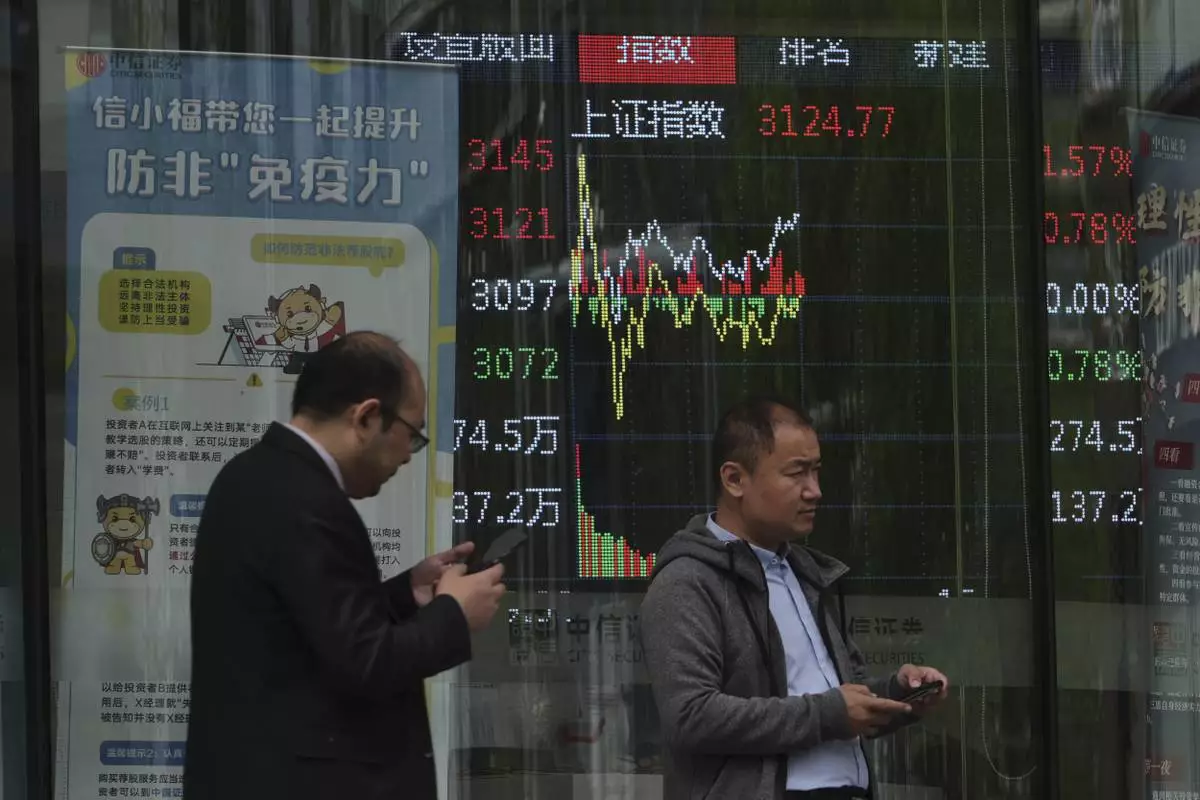
People walk past an electronic board displaying Shanghai shares trading index at a brokerage house, in Beijing, Tuesday, April 8, 2025. (AP Photo/Andy Wong)
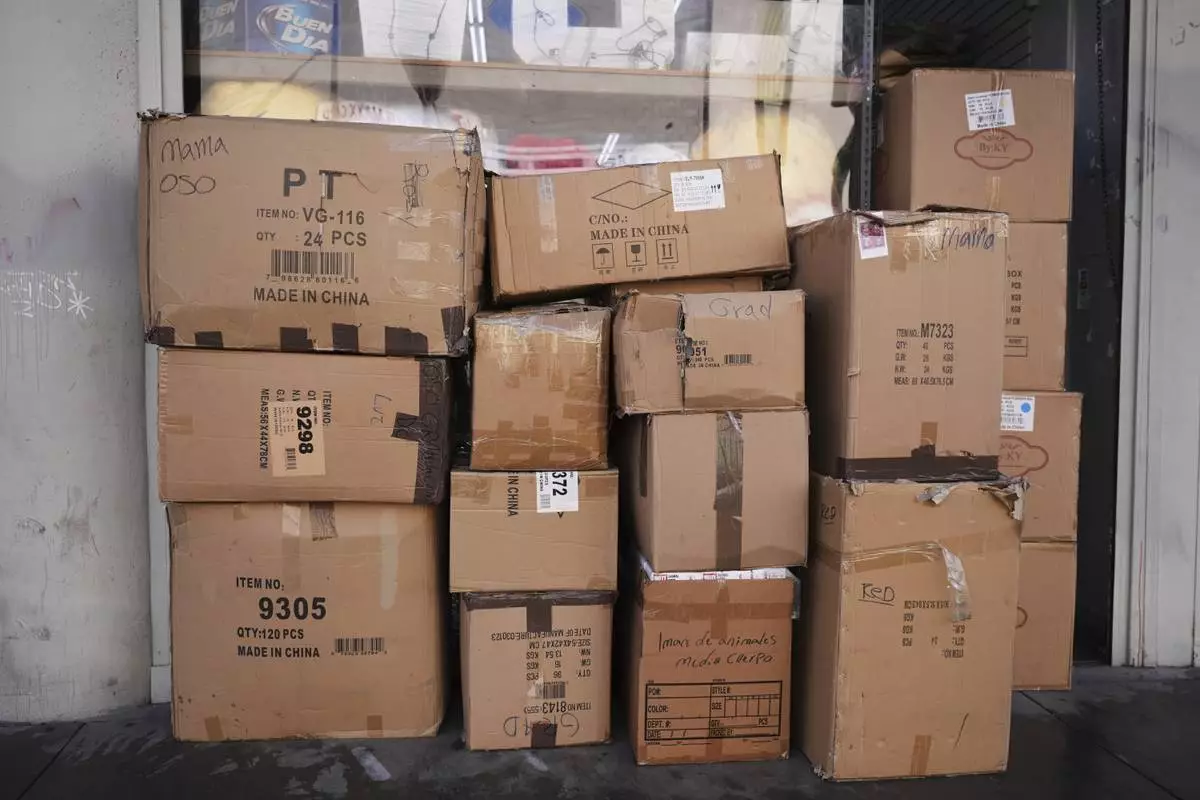
Boxes of party supplies imported from China are stacked outside a store in the Toy District of Los Angeles, Wednesday, April 9, 2025. (AP Photo/Jae C. Hong)
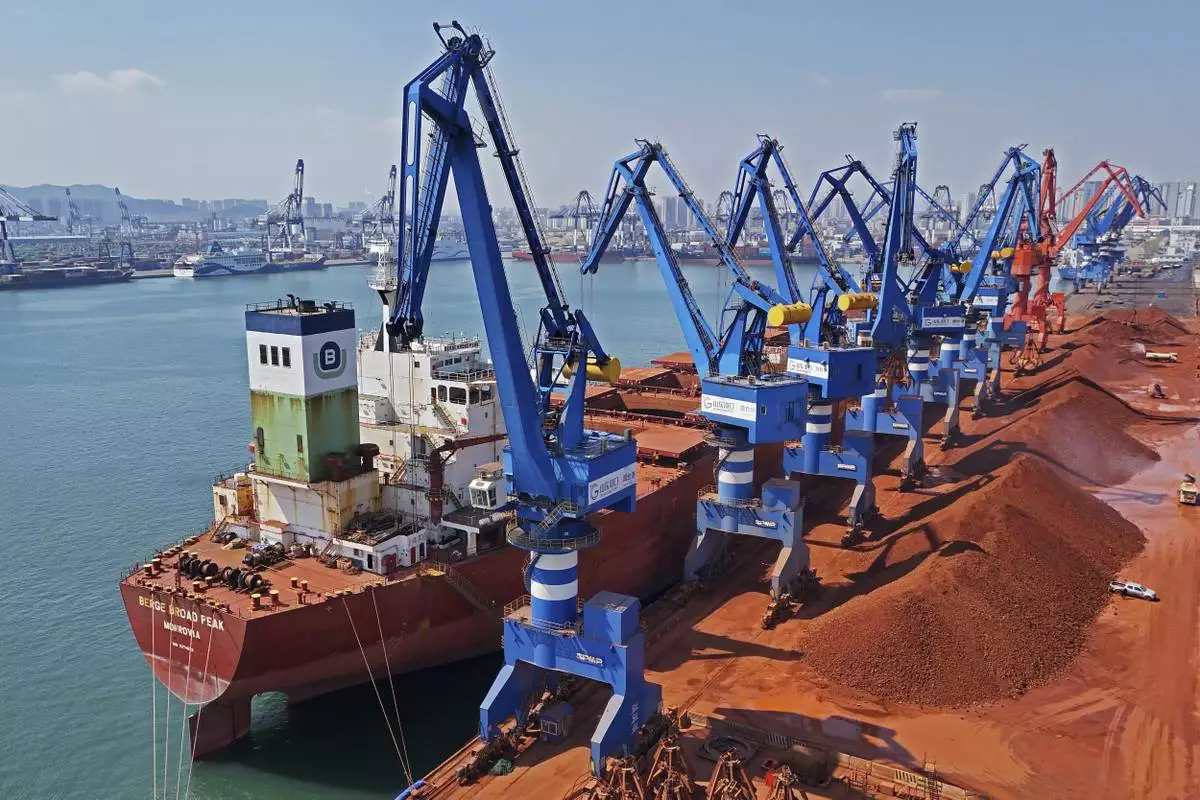
An aerial view of imported iron ore in a port in Yantai city in eastern China's Shandong province Sunday, March 30, 2025. (Chinatopix Via AP) CHINA OUT

An aerial view of new cars waiting for shipment at a pier for "roll-on/roll-off" ships in Yantai city in eastern China's Shandong province Sunday, March 30, 2025. (Chinatopix via AP)

A vendor of halloween costumes wait for customers at the Yiwu International Trade Market in Yiwu, eastern China's Zhejiang province, Thursday, April 10, 2025. (AP Photo/Ng Han Guan)
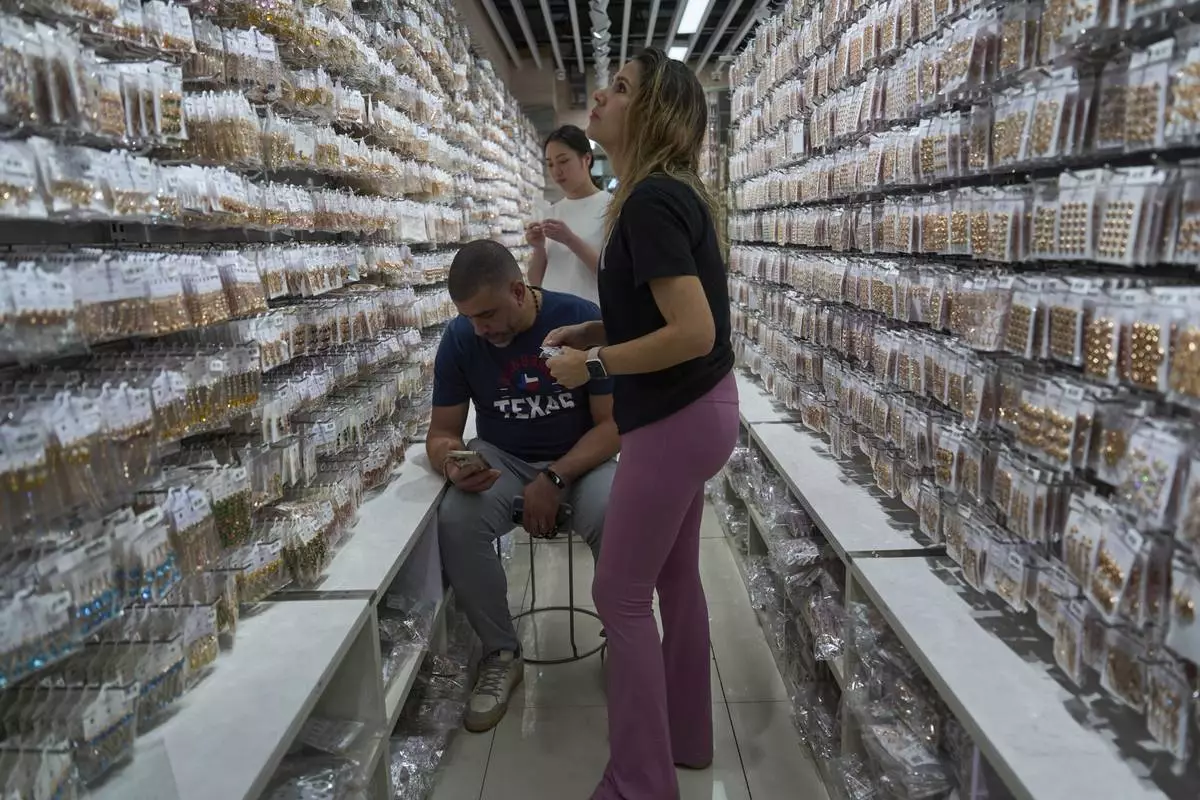
Foreigners shop for fashion accessories at the Yiwu International Trade Market in Yiwu, eastern China's Zhejiang province, Thursday, April 10, 2025. (AP Photo/Ng Han Guan)
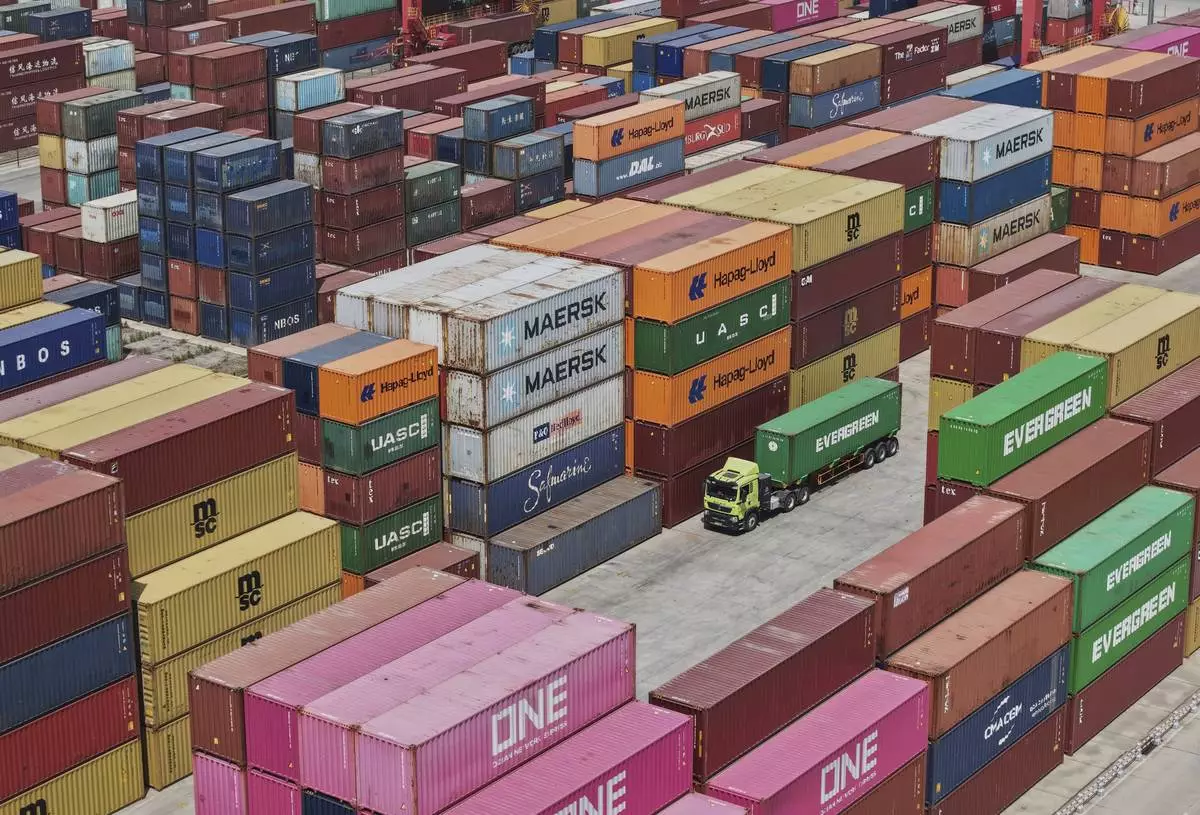
An aerial view of Xiasha Container Terminal on a canal in Hangzhou in east China's Zhejiang province Sunday, April 6, 2025. (Chinatopix Via AP)

U.S. flag themed wearables are displayed at the Yiwu International Trade Market in Yiwu, eastern China's Zhejiang province, Thursday, April 10, 2025. (AP Photo/Ng Han Guan)

![Sierra Space is teaming up with Honda and Tec-Masters to enable Honda’s development of a regenerative fuel cell system for production of oxygen, hydrogen and electricity on the moon. [PHOTO CREDIT: Honda]](https://image.bastillepost.com/1200x/wp-content/uploads/global/2025/04/d7dcfbe78f764ce9bf0da6e02381fa90_RFC_Image_for_Release_Final.jpg.webp)


